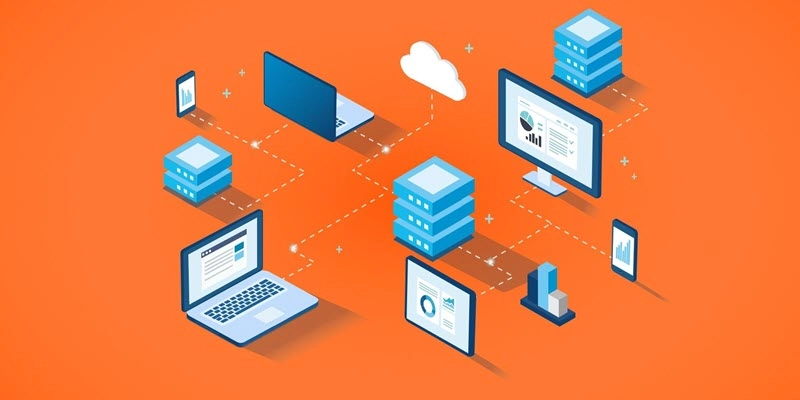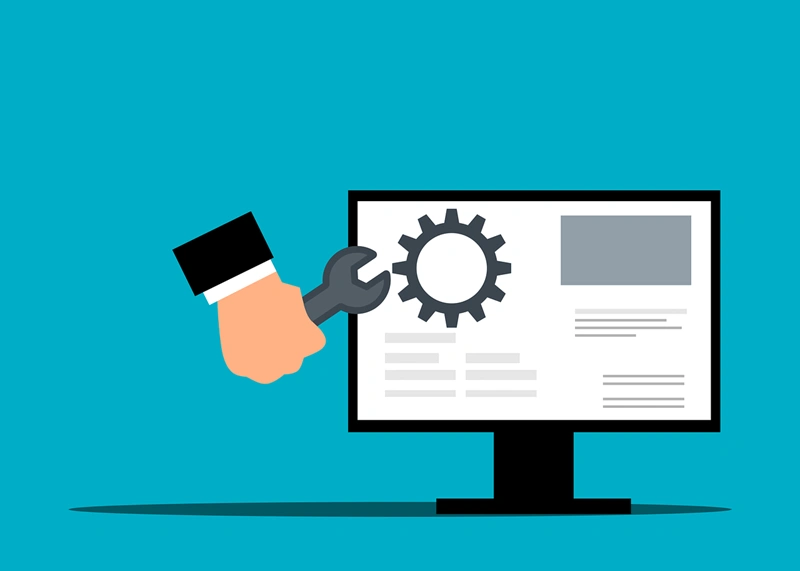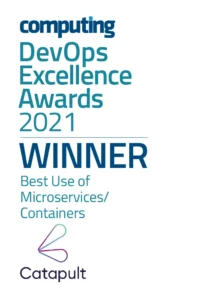Enterprise businesses, SMBs and government agencies have long relied on Atlassian for its secure and compliant server product.
Now, as the time approaches for the end of life of Atlassian Server products (support ends on 2nd February 2024) it’s an excellent time for some Atlassian Server customers to consider migrating to Atlassian Data Center.
Of course a lot of Atlassian customers will be making the move to Atlassian Cloud, but for some Data Center is the better choice. Examples of when Atlassian Data Center might be preferable are:
If you have a product that requires compliance with a Regulation that is not yet on the Atlassian Cloud roadmap; or
You want to keep some data on-premise and some in the cloud; or
Your product data has to remain in a self-managed environment; or
You are in a public sector organisation where it is essential for public data to be kept on-premise.
Atlassian’s Data Center uses superior, cutting-edge technology that facilitates large-scale, mission-critical deployments, enhanced security and compliance measures, zero-downtime upgrades and improved user management features.
Indeed, some of the world’s largest, most respected and heavily-regulated private and government organisations rely on Atlassian Data Center for its safe and secure environment, impressive uptime and high performance.
If you want to learn more about the details of migrating from Server to Data Center, details can be found in the Data Center advanced roadmaps on the Atlassian website. The roadmap includes updates and information about security and compliance, user management and controls, data and insights and more.
In this blog post we are going to briefly look at the differences between Atlassian Data Center and Atlassian Server and then at the three top challenges that Atlassian Data Center Solves.
Atlassian Data Center vs Server – What are the Key Differences?
The Atlassian Data Center provides advanced compliance and security, enhanced user management, impressive scalability, high availability, comprehensive data and insights, secure infrastructure and operations; and an extensive array of apps – everything a growing organisation needs.
Focus on Flexibility
Flexibility is a key benefit of Atlassian Data Center, particularly when you consider the lack of on-premise equipment required.
Data Center can be deployed locally on your own IT equipment, or, if your end goal is cloud migration but you are not ready to fully move to cloud yet, a switch to Data Center can provide a hybrid solution whereby some of your data is hosted in the public cloud and some on-premise.
Cloud-based Infrastructure as a Service (IaaS) vendors like AWS and Azure, support Atlassian products. There can be tremendous cost savings for organisations that can utilise cloud services, as well as removing the commitment of managing, upgrading or disposing of physical servers housing confidential data.
In addition you can recoup the time and money associated with buying or leasing equipment, the cost of housing the equipment in house, and other capital outlays and hassles.
The flexibility extends to Data Center configuration. In the same way that a smart phone can be easily customized with apps that meet your specific needs, a cloud data center license can provide a high degree of flexibility.
Atlassian Data Center customers will be familiar with Jira Service Desk (now known as Jira Service Management) for help tickets, as well as Jira Cloud to enable software developers to plan, track and manage their work.
Now, Jira has added several features to bolster the reliability of its Jira Data Center product which is particularly beneficial used in conjunction with other Atlassian tools such as Jira Software for archiving and optimisation, Confluence to handle memory-intensive tasks and Bitbucket smart mirrors to improve Git clone speeds.
Jira Server and other Atlassian products are available from Atlassian solution partners.
Next, let’s take a deep dive to learn how Atlassian Data Center can address three of the most important challenges that businesses and government organizations face.
Challenge #1: Security & Compliance
According to research at Accenture, there are an average of 130 security breaches per organisation, per year. This eye-opening statistic came into extreme focus during the COVID-19 pandemic, now that more employees are working remotely than ever before, making a breach more likely.
Add to that a growing number of tools and increasing complexity in systems. With the number of applications that provide access to sensitive information increasing daily, the organizational risk multiplies exponentially.
Clearly, in this day and age, maintaining security and compliance standards is more crucial – and more challenging – than ever before.
So, it is imperative to proactively and preemptively safeguard your business and client data with a solution that incorporates security by design and enables you to comply with the regulatory requirements of your industry as well as your internal security strategy. Fortunately, help has arrived.
To address these growing business concerns, Atlassian Data Center products have heightened and tightened security. From audit visibility and security event coverage to user authentication, Atlassian Data Center has enhanced your ability to protect your clients/customers/end users and data.
As part of the improvements and enhancements offered with the latest version of Atlassian Data Center, it is also now easier than ever to abide by and adapt your organisation’s policies to meet both internal and external compliance mandates and permissions – now, and in the future.
Atlassian Data Center helps build a culture of predictability and automation, turning the response to potential threats from reactive to proactive. Rather than always urgently responding to emergencies, your team can stabilise your IT environment and take a strategic and proactive approach going forward.
Challenge #2: Minimising Downtime
It’s impossible to know exactly when unplanned downtime will affect your business. To prepare for disaster recovery with Atlassian Data Center, you can deploy in a clustered architecture, allowing you to run your products on multiple nodes.
Clustered architecture distributes traffic to each node in a cluster through a load balancer – if one goes down, traffic is redirected to another active node.
Deploying via a clustered architecture also helps enhance product performance. These cloud products will ensure that your enterprise will get up and running quickly, even in a disaster situation.
Beyond that, with Data Center, your team can set up cold standby instances in the event of a disaster.
Plus, when you move to Atlassian Data Center, you can keep your upgrades rolling with zero downtime upgrades (ZDU). Deployment options with rolling upgrades allow you to progress to the latest bug fix for the version you’re running without ever having to pause your existing environment.
Further, the load balancer distributes your teams’ user traffic to other active nodes in the cluster, so they are not adversely affected by the upgrade and IT can test updates without compromising quality.
Challenge #3: Managing Multiple Users
Finally, as a system administrator, having inconsistent security processes across the business can be overwhelming to manage; it can feel impossible to effectively oversee all user-related activity.
To address this challenge Atlassian Data Center offers multiple user tier and user management capabilities, built with the enterprise environment in mind, to ensure that users can access the tools they need, while placing the safety and security of the business at the forefront of growth.
These features make processes like authentication, authorisation, single sign-on (SSO), and user provisioning easier to meet at scale, while also ensuring regulatory requirements are met without friction.
You can, for example, reach the next level of user provisioning by automating the user lifecycle, including on-boarding and off-boarding using policy-driven access management via an identity provider (IdP) for the ultimate level of control and security.
SAML for single sign-on makes it possible for your users to authenticate through your company’s identity provider when they login to Atlassian Cloud.
What’s Next?
For organisations operating in highly-regulated industries, with extremely strict internal security policies, or with heightened compliance responsibilities, Atlassian’s Cloud is the ultimate ideal goal for many organisations.
However, your organisation is unwilling or unable to move to the cloud, or if you are looking for a middle stepping-stone transition, Atlassian’s Data Center is a great choice, with or without cloud services.
Considering the sunset of Atlassian Server licences, migrating to Atlassian’s Data Center makes sense for many organizations as it will deliver fast, reliable and scalable products; minimise the risk of downtime; allow greater control over users; and help ensure that you’re meeting industry regulations.
It’s a smart and safe choice for many.
To discuss how you can make a smooth transition to Atlassian Data Center, contact one of Catapult CX’s experts today on +44 203 773 0553
























